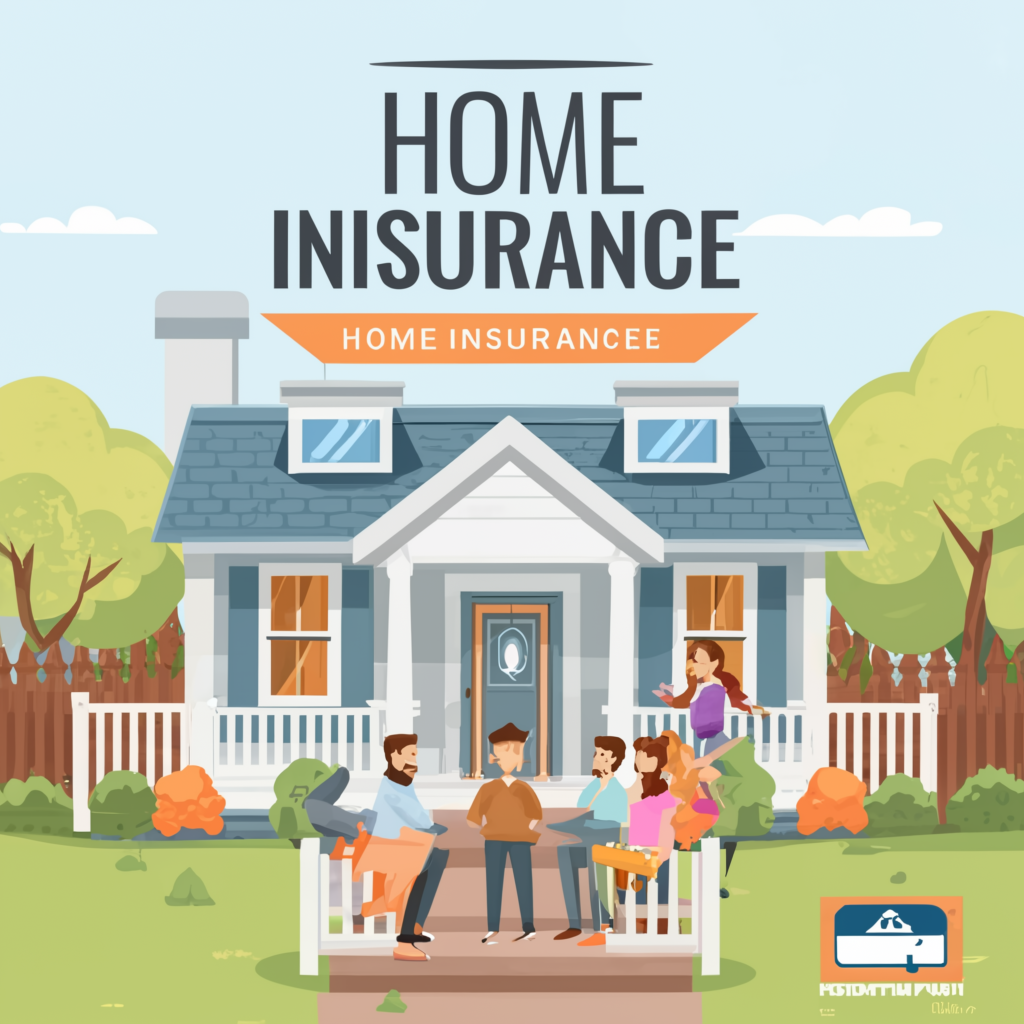Unlike auto insurance, no state law stipulates that you must have homeowners’ coverage. However, if you financed you home, your lender will usually require coverage to protect their interest in your property.
This way, if you home is damaged or destroyed, you have funds rebuild and won’t walk away from your mortgage.
Even if you don’t have a mortgage and paid for your home outright, you’re responsible for repairs or replacement costs if something damages or destroys your home and you don’t have home insurances. It’s wise to buy a home insurances policy.
Home insurances policies wrap up several types of coverage, including.
- Home Coverage: From your roof to your floors, Home Cover protects the structure of your home from unexpected events such as fire, wind, theft or vandalism. This type of cover also pays for the repair or replacement of structures attached to your property. such as a garage or deck. The amount of your home insurances should cover the cost of rebuilding your home.
- Personal property cover: This type of cover protects your personal belongings such as furniture, appliances and clothing. It covers theft, fire and explosion. Personal property cover is usually set at between 50% and 70% of your contents cover, you can usually buy more cover if you need more.
- Other structures on the property: Structures on your property such as a tool shed, or fence are covered under this type of cover.
- Liability insurance: Liability insurances pays for injuries or property damage you accidentally cause to others. Home contents liability insurances also covers your legal fees if someone sues you. So, if a visitor falls on your front steps, liability insurance can pay their medical bills and your legal fees. The amount of your liability insurances should be equal to your net worth, or the amount that could be taken from you in a lawsuit.
Don’t forget that standard home insurances don’t cover damage caused by floods or earthquakes. However, there are separate policies for these problems.
